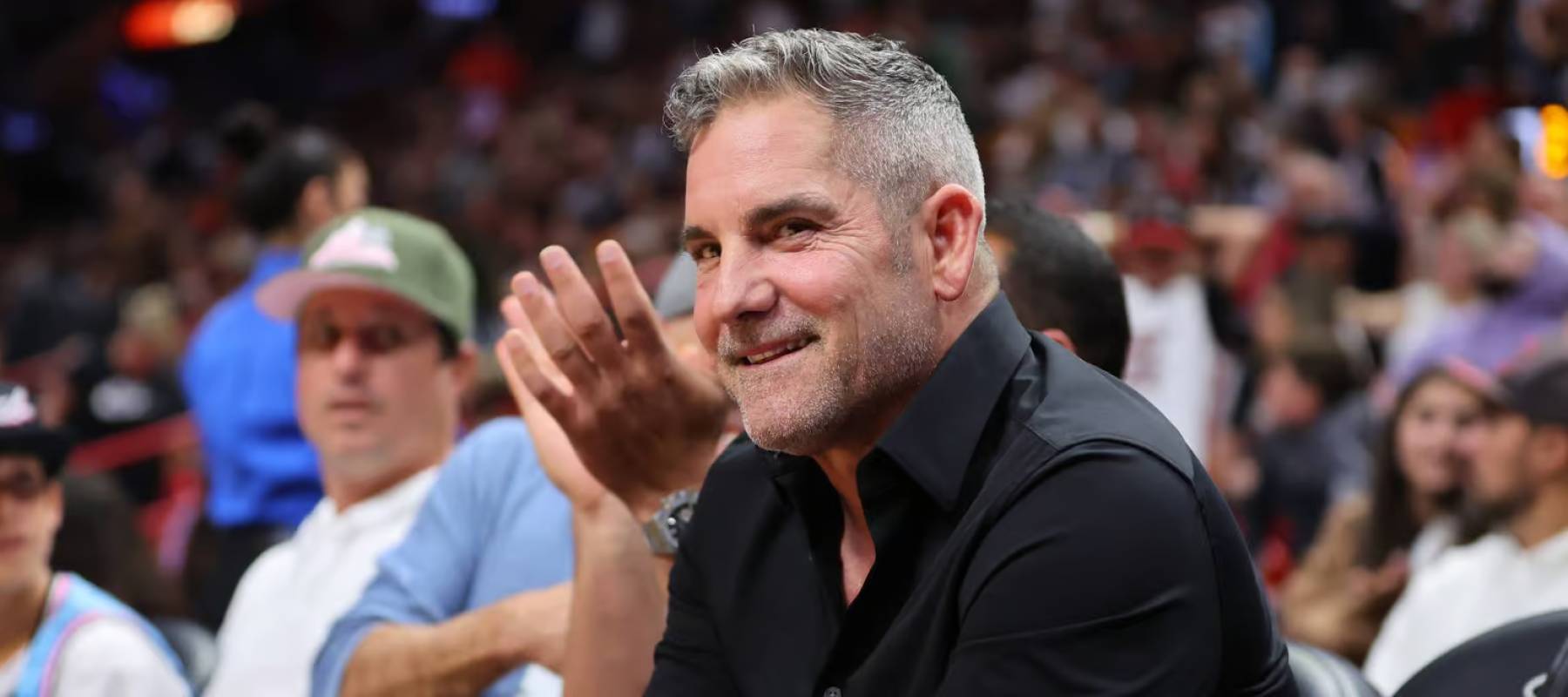Buying a house in Canada: A guide to buying your first home
Updated: October 25, 2024
Across Canada, many are taking the plunge into homeownership, knowing that it’s one of the best long-term investments they can make.
Whether you’re buying a house, condo, or townhome, the process can be a bit daunting, and you may not be sure where to start. Read our step-by-step guide about buying your first home in Canada, so you can close with confidence.
Step 1: Saving for a down payment on a home
Before you start shopping for real estate, your first step is to save money for a down payment. A “down payment” is the amount of money you put towards purchasing a home. In general, the larger your down payment, the easier it is to obtain a mortgage.
As you start saving, you might ask, “How much do I need to save for a down payment?” The minimum amount depends on the home’s purchase price. In Canada, people typically spend between 5% and 20% of the purchase price on a down payment.
How can you save for a down payment? Start by opening a high-interest savings account and setting up an automated savings plan. The EQ Bank Savings Plus Account is an excellent choice with an everyday interest, no fees and no minimum balance.
Another reason to beef up your down payment is to avoid paying the Canada Mortgage and Housing Corporation (CMHC) mortgage default insurance. This hefty expense, calculated based on the mortgage and down payment size, is designed to protect the lender and typically can only be foregone with a down payment of 20% or more. So start saving now!
Step 2: Saving for closing costs when buying a home
While saving for a down payment should be a top priority, put aside some money (generally 1.5 to 4% of the home purchase price) to cover future closing costs.
These are legal and administrative fees paid at the closing of a real estate transaction and generally range from 1.5% to 4% of the selling price. It’s important to save for these expenses before buying a home so you’re not in the red when it’s time to close on your home.
This is not an exhaustive list—it doesn’t include property taxes or utility bills, for example—but it gives an idea of possible closing costs.
One savvy saving strategy is to set up a Tax-Free Savings Account (TFSA) to act as your “closing cost fund.” As the name suggests, there’s no tax owed on the balance, interest, dividends, or capital gains—and it can be withdrawn tax-free. You can see how this might be a great place to stash and grow your funds. At the same time, the money is easily cashed out if needed for your closing costs.
Read more: The best high interest savings accounts in Canada
Step 3: Preparing your finances before home ownership
Get your finances in order before cruising the real estate listings. This process will help you estimate how much you can afford to buy and organize critical documents required to support a mortgage application.
Check your credit score
A credit score is a rating (between 300 and 900) used by lenders to assess the amount of risk they face in extending credit to you. Generally, the lower your score, the less likely you are to be approved for a loan. Checking your credit rating allows you to see where you fall on the scale and figure out how to improve your credit score before submitting a mortgage application. If your score is lower than you’d like, there are actions you can take.
READ MORE: How to Boost Your Credit Score (Fast)
Organize your documentation
There are three things a lender will look at before giving you a mortgage: your current assets (what you own), your income, and your current level of debt. During the application process, here are a few items that your mortgage lender may request from you:
- Government-issued photo identification (driver’s license, passport, etc.)
- Proof of employment and income (pay stubs, T4s, income tax returns, bank statements, etc.)
- Proof of a down payment and where it will come from (e.g., savings account, RRSP, the sale of another property, gift, etc.). If a family member is contributing towards your down payment, you’ll also need a signed letter from them acknowledging the purpose of the gift and confirming that it is non-repayable.
- Information about any other assets
- Information about your debts (e.g., credit card balances, car loans or leases, lines of credit, student loans) or financial obligations (e.g., spousal/child support)
Having these documents handy is a house-hunting hack – it will ultimately prevent you from scrambling to get your act together at the last minute.
Read more: The best online mortgage lenders in Canada
Step 4: Getting a mortgage pre-approval in Canada
With your finances in order, the next step is to figure out how much you can afford. A mortgage calculator is a good place to start, as you can factor in the amount of your down payment, your amortization (repayment) schedule, total selling price, and so forth to come up with a budget.
If you want something more official, go to a mortgage lender and get pre-approved. This means that a potential mortgage lender looks at your finances and determines how much they will lend you and at what interest rate they will charge you.
It’s a bit of work, but pre-approval lets you:
- Know the maximum amount of a mortgage you could qualify for
- Estimate your mortgage payments
- Lock in an interest rate for 60 to 120 days, depending on the lender
A pre-approved is not mandatory, but it’s strongly advised. A pre-approval determines the home price you can afford, essentially setting your house-hunting budget.
In fact, some real estate agents require it before they will work with you. Having pre-approval signals that you’re a serious and eligible buyer and helps avoid the heartbreak of finding your dream home, only to realize it’s way out of your budget.
One caveat: a mortgage pre-approval does not guarantee financing, and when making an offer, it’s not necessarily “safe” to remove the financing condition.
Once your offer is accepted, you’ll need to go back to your mortgage lender to get the official stamp of approval.
Read more: How much mortgage can I afford?
Step 5: Tapping into first-time home buyer incentives
Speaking of saving money, don’t forget to take advantage of these first-time homebuyer incentives in Canada. It could save you some serious dough.
Popular First-Time Home Buyers Incentives
READ MORE: How to use the Home Buyers Plan
Step 6: Start house-hunting!
You’ve got some money in the bank and a pre-approval in your hands. This is the exciting part of the home buying process. It’s at this stage you’ll want to seriously consider working with a real estate agent. This is not mandatory. Buyers can manage their own sales, but it’s advised, especially for first-timers.
Real estate agents have expert information on every step of the process, which can help relieve stress. They are also part of a professional network of inspectors, insurance agents, and so forth who may become part of your team.
Read more: Real estate agent commissions decoded
Finding the best mortgage rate before buying your home
Since interest rates are constantly fluctuating, it’s important to shop around and find the most competitive mortgage rates. The process can be time-consuming, so we recommend using an online mortgage broker, like Homewise which can provide you with the most competitive rates from top lenders. Its online platform is very user friendly, and once you complete your application, you’ll get rates in just minutes. A mortgage expert will guide you through all the steps to get you the best mortgage for your needs. Even after you’ve secured a deal, you can still get help by sending your questions to an advisor through a dedicated text line.
Types of mortgages
There’s no one type of mortgage that fits everyone. Your best bet is to shop around and pick something that works for your life circumstances and budget. Here’s a broad overview to help you decide the best option for you.
In Canada, mortgage repayment terms usually run between 5 and 30 years, with longer terms typically commanding higher interest rates.
The bottom line
Buying a first home can be a daunting experience for anyone. Long before the fun part—the actual search for your dream home—you have to figure out your finances, identify and exploit saving opportunities, get pre-approved for a mortgage, and hire your real estate agent, lawyer, and other professionals.
It might seem overwhelming, but it’s worth it for many millennials to become a homeowner. If that’s you, this guide will help you get one step closer to having the keys to your new home in hand. Good luck!
Read more: What is a mortgage?
With files from Lisa Jackson

Keph Senett is a Canadian freelance writer whose areas of expertise include personal finance, travel and sports. When not writing, she spends her free time trying to figure out how to qualify for a soccer squad in Asia, Australia, or Antarctica.
Compare the best mortgage rates
Explore our mortgage guides
Explore our mortgage guides
Disclaimer
The content provided on Money.ca is information to help users become financially literate. It is neither tax nor legal advice, is not intended to be relied upon as a forecast, research or investment advice, and is not a recommendation, offer or solicitation to buy or sell any securities or to adopt any investment strategy. Tax, investment and all other decisions should be made, as appropriate, only with guidance from a qualified professional. We make no representation or warranty of any kind, either express or implied, with respect to the data provided, the timeliness thereof, the results to be obtained by the use thereof or any other matter. Advertisers are not responsible for the content of this site, including any editorials or reviews that may appear on this site. For complete and current information on any advertiser product, please visit their website.





